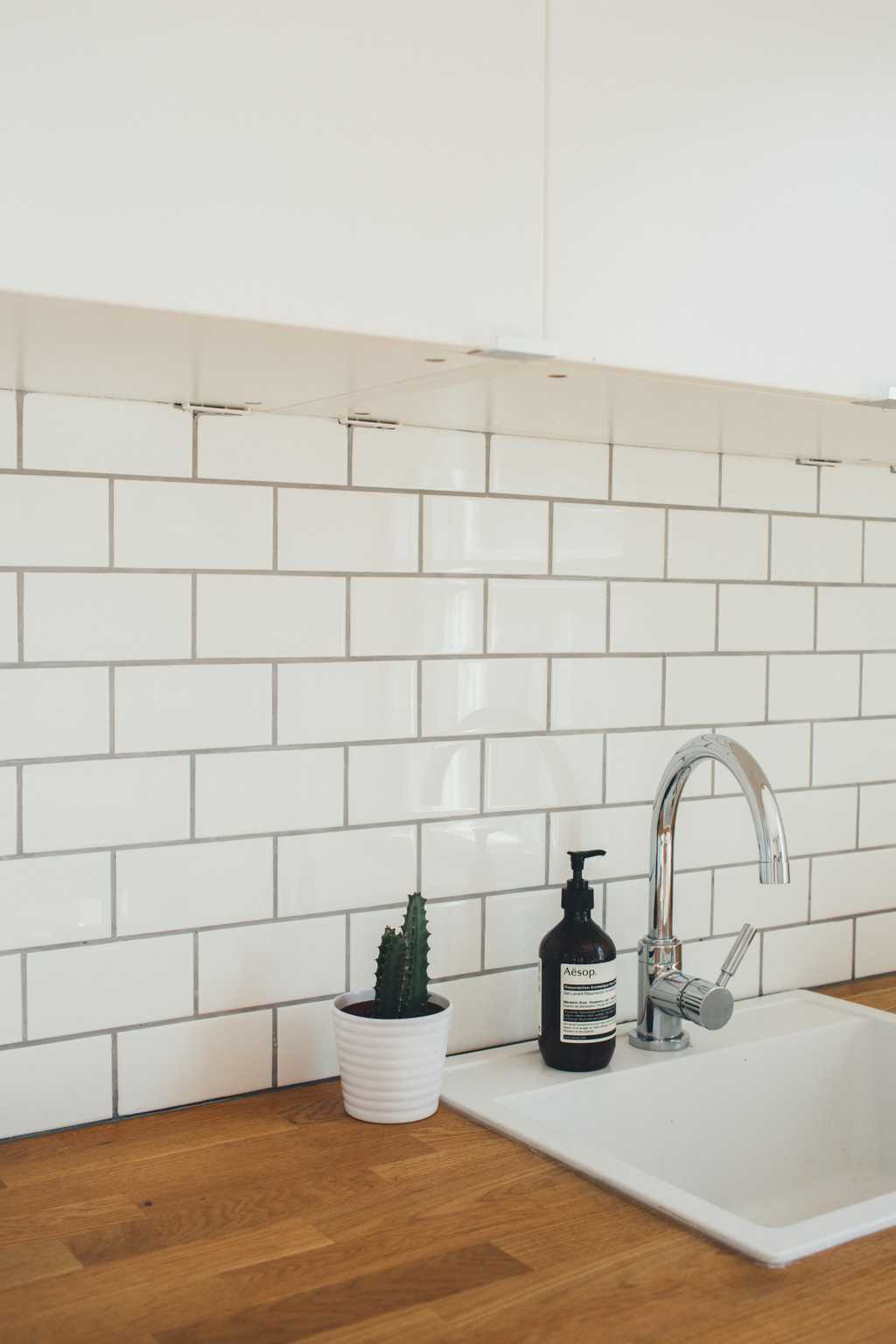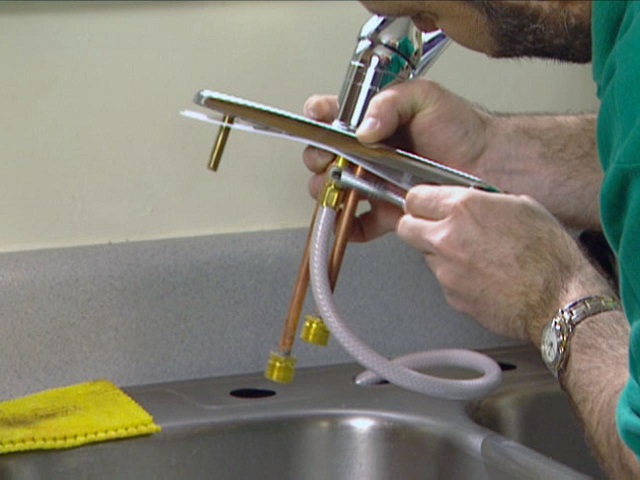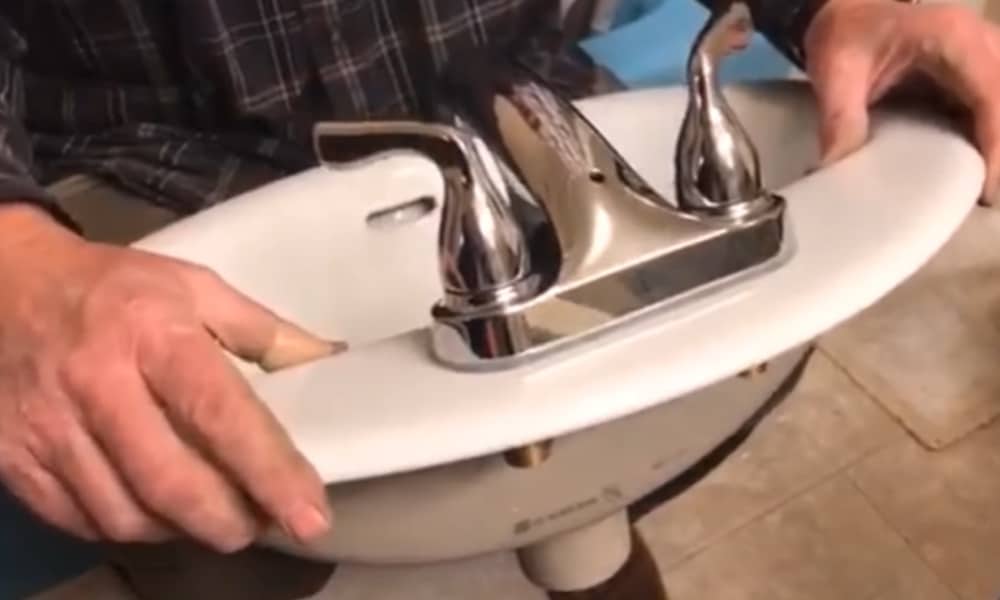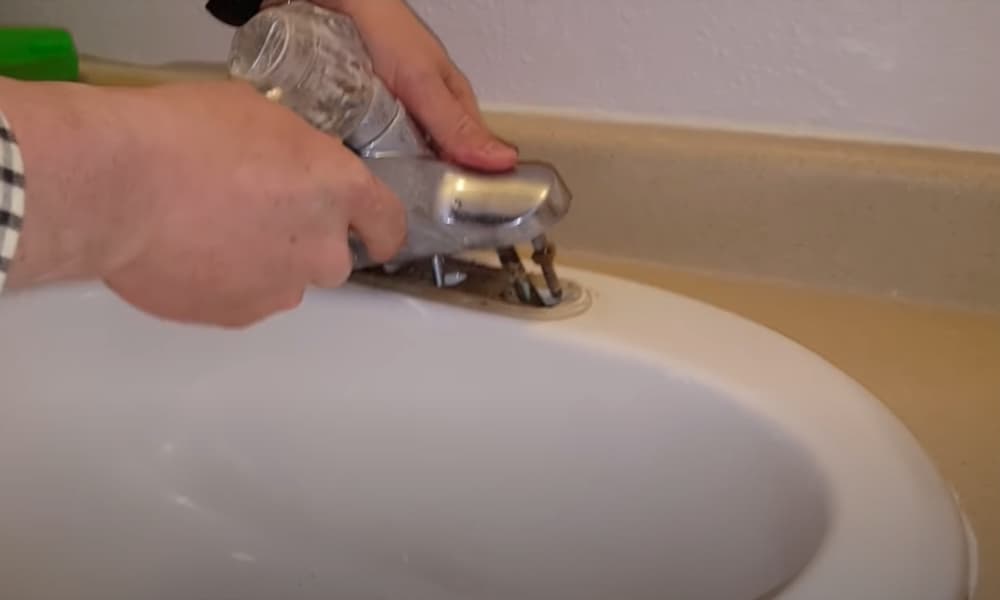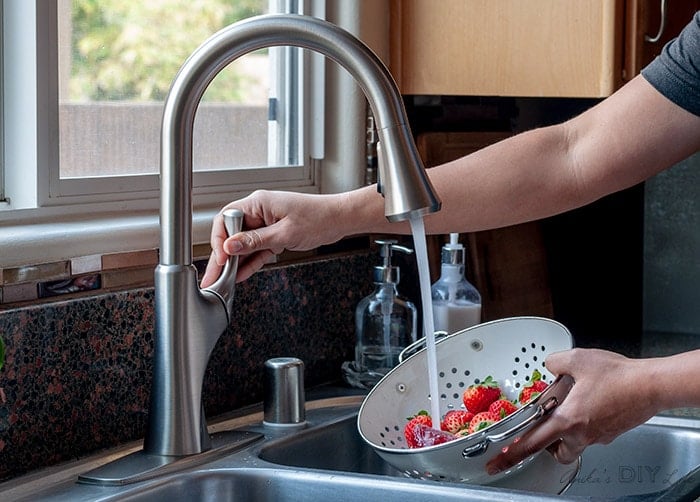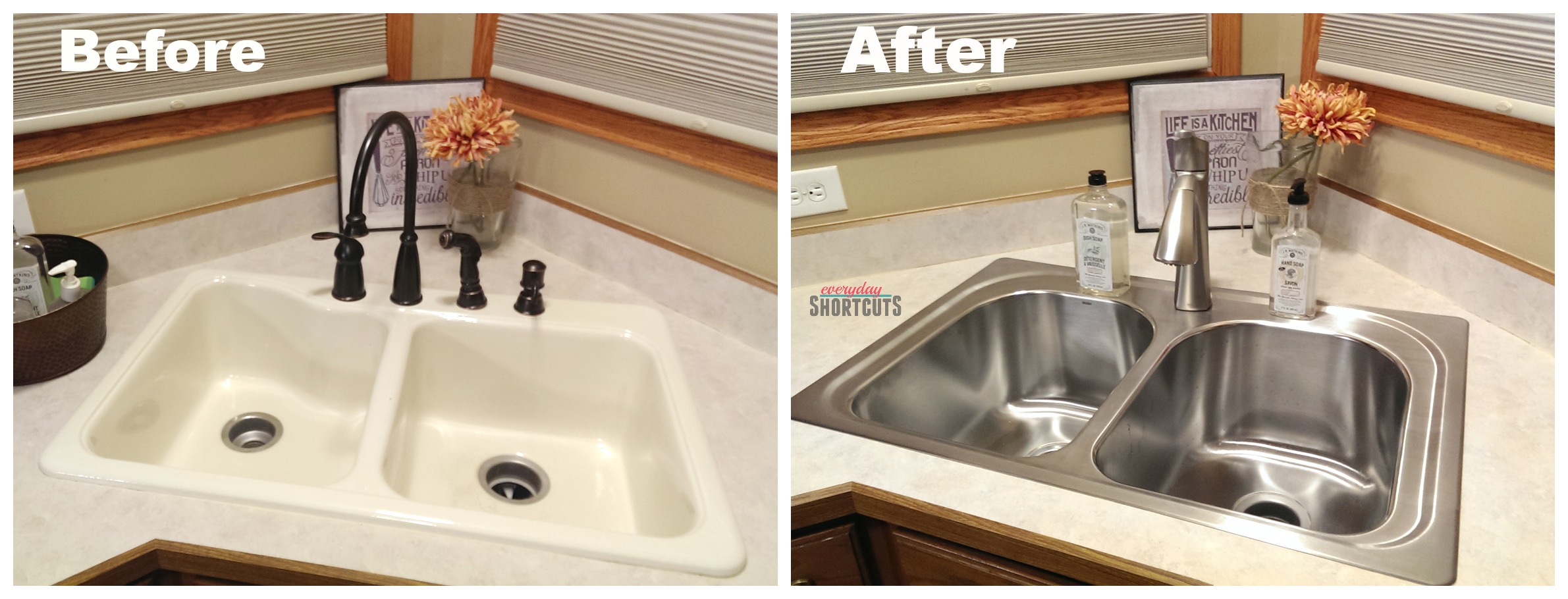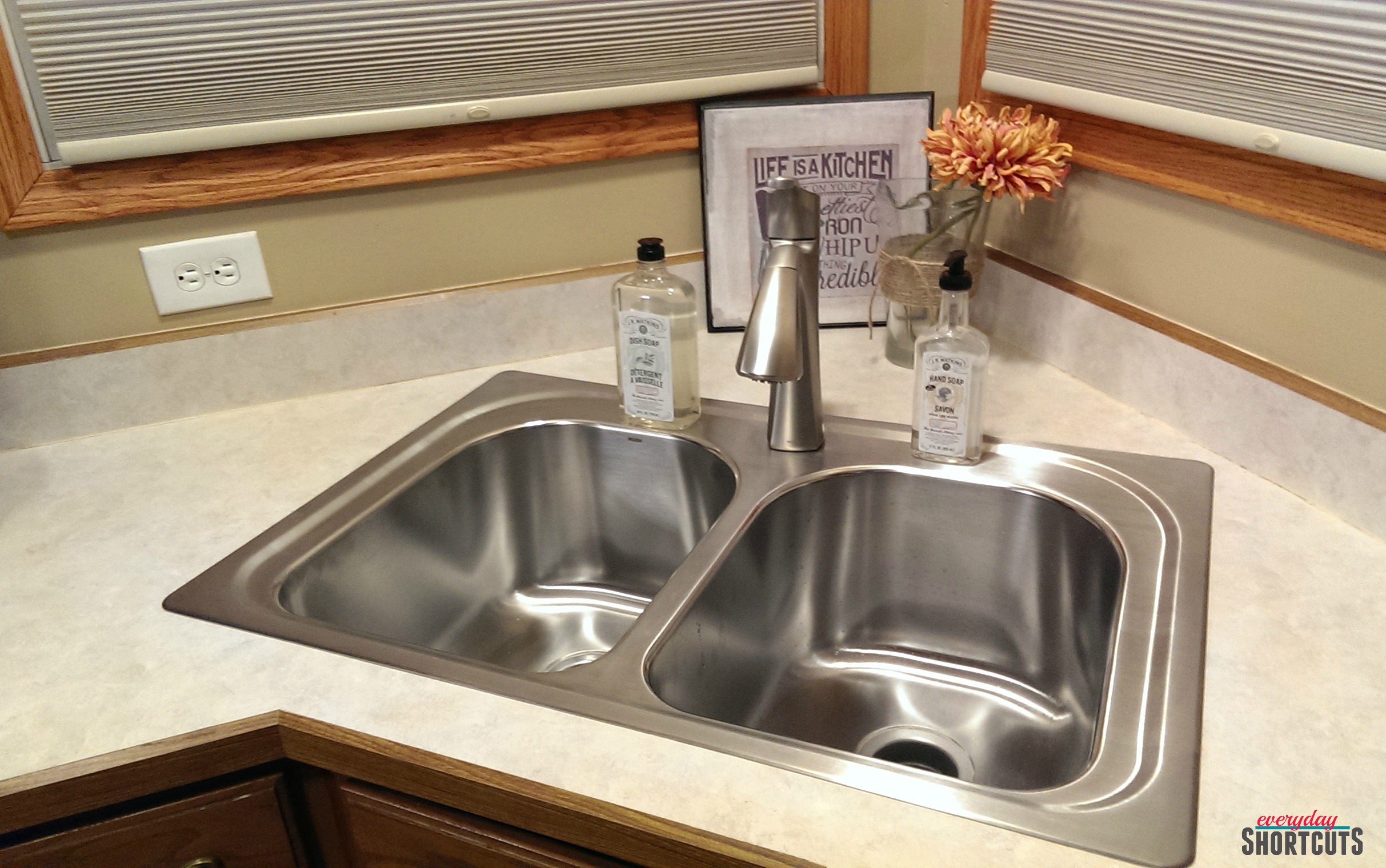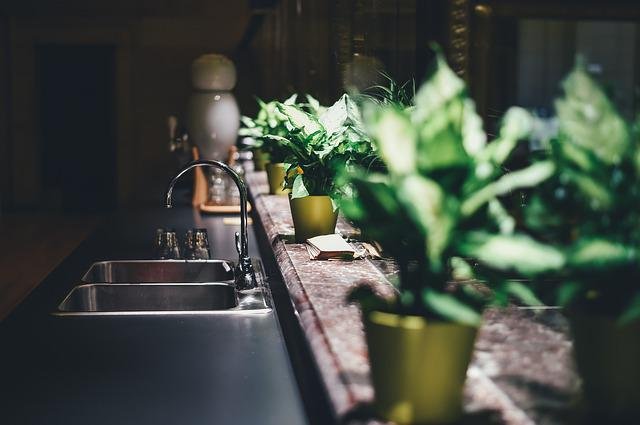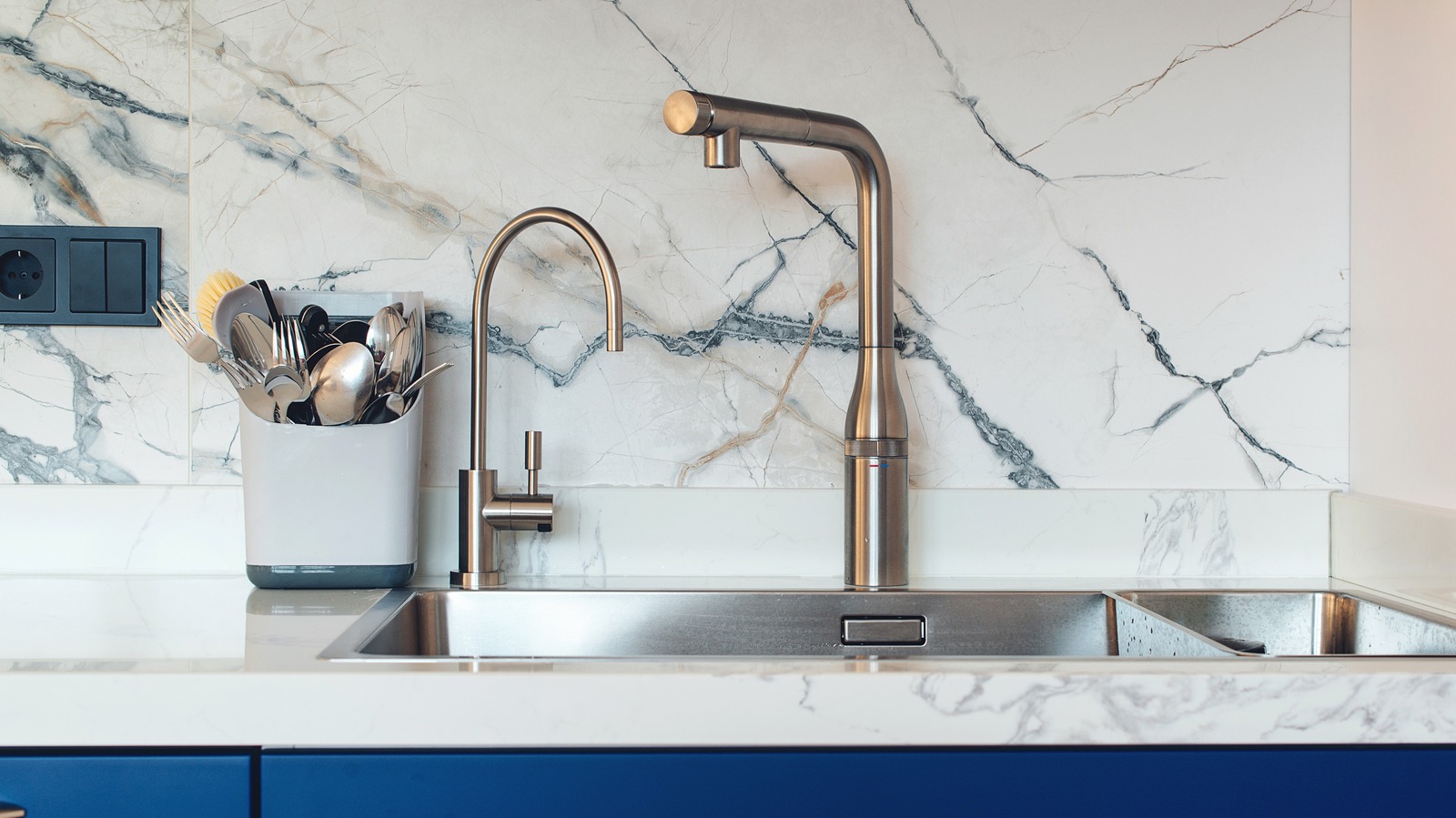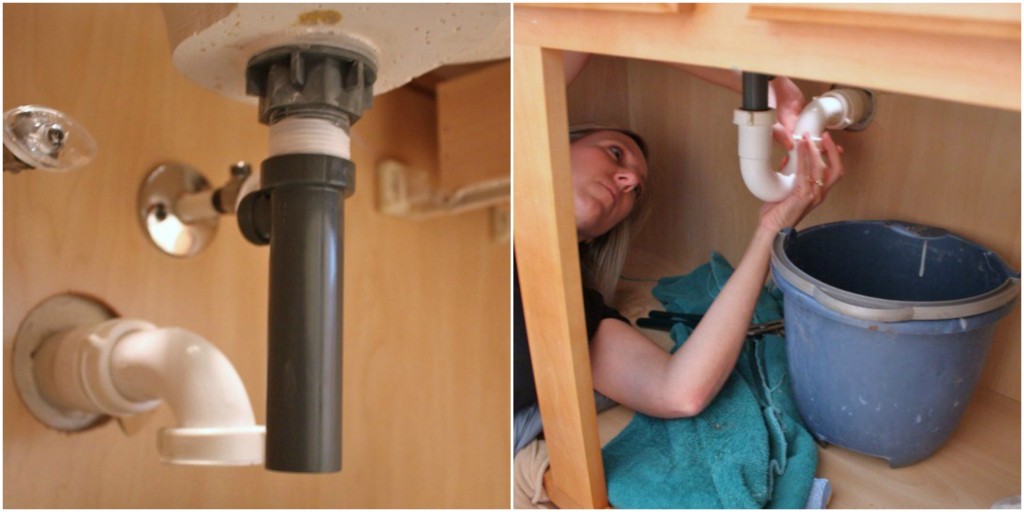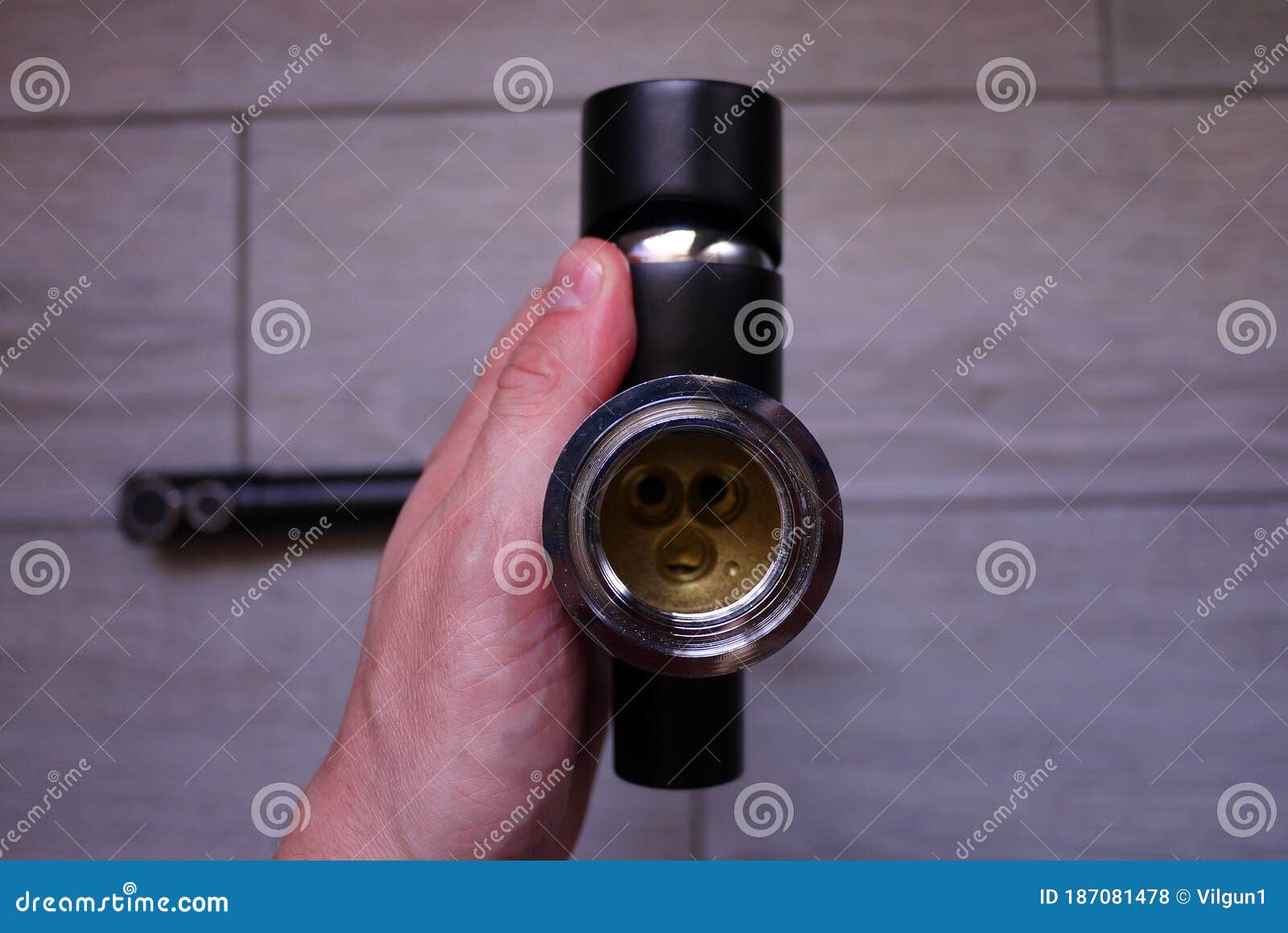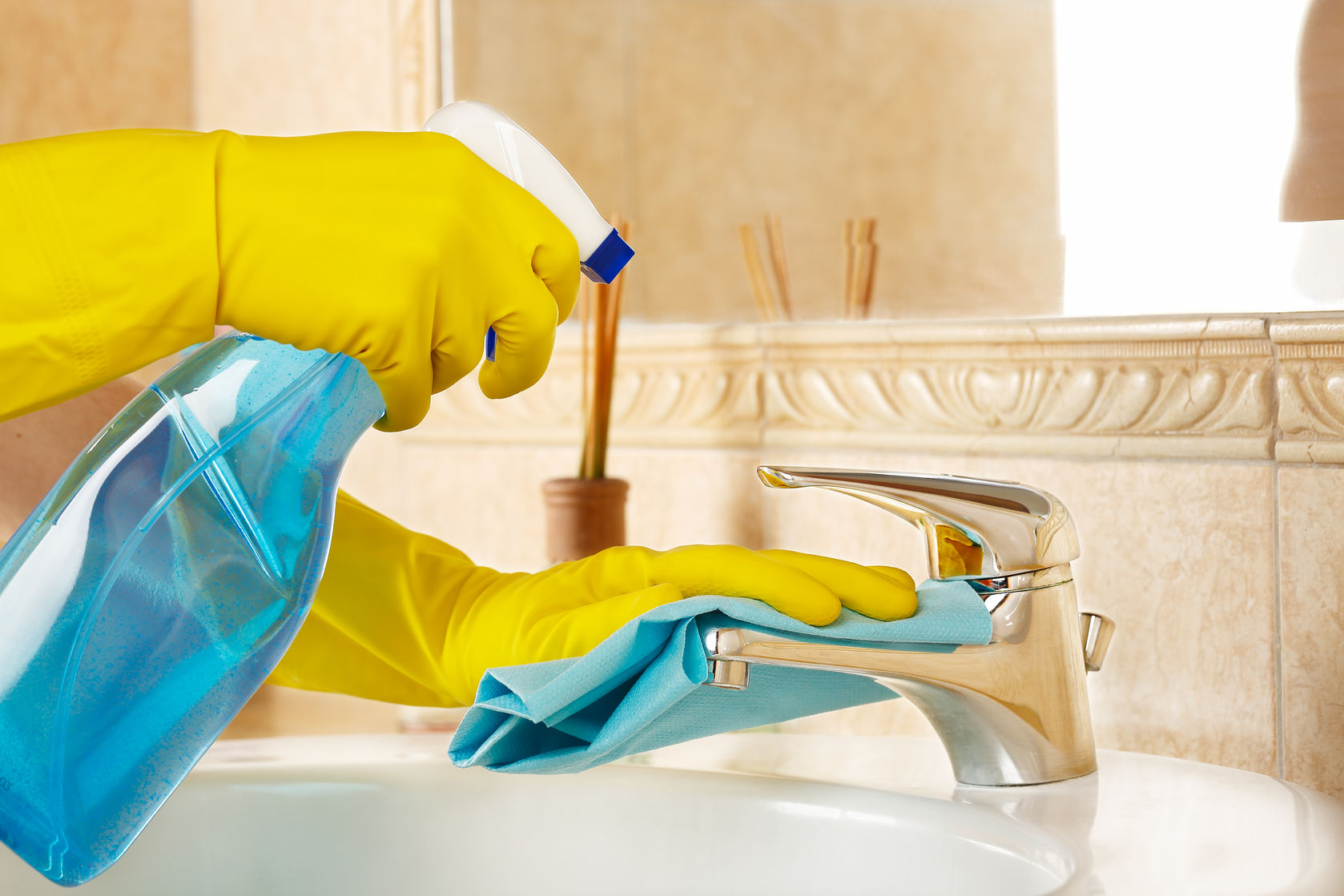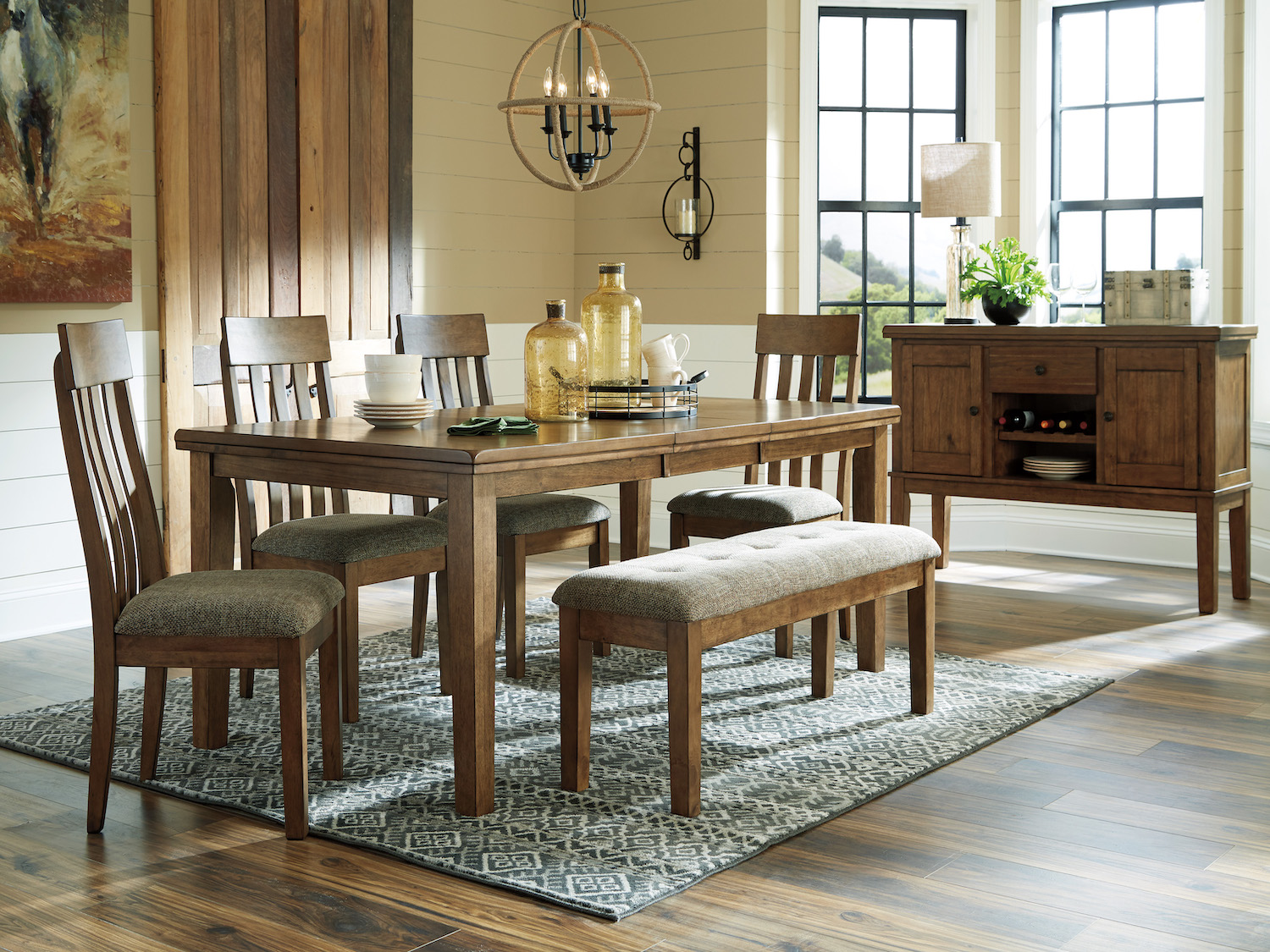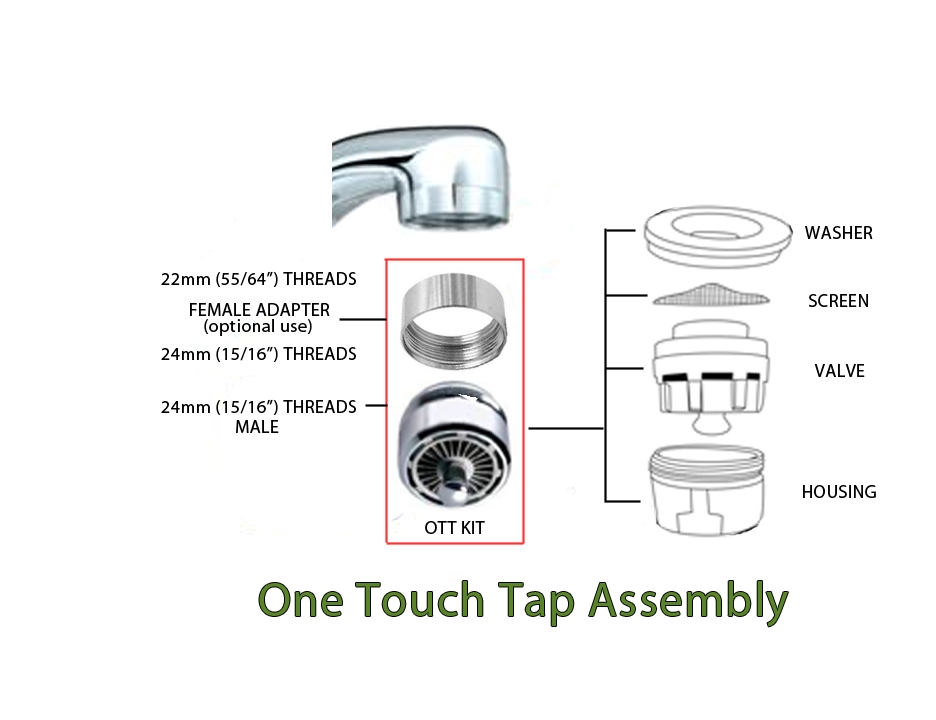How to Replace a Kitchen Sink and Faucet
Replacing a kitchen sink and faucet is a great way to give your kitchen a fresh look and improve its functionality. Whether you're looking to upgrade to a sleeker design or your current sink and faucet are damaged and in need of replacement, this DIY project is something that any homeowner can tackle. With the right tools and knowledge, you can save money on hiring a professional and complete the task yourself. In this article, we'll guide you through the process step-by-step and provide helpful tips and tricks along the way.
Replacing a Kitchen Sink and Faucet: A Step-by-Step Guide
The first step in replacing your kitchen sink and faucet is to gather all necessary tools and materials. This includes a new sink and faucet, a basin wrench, pliers, putty knife, plumber's putty, Teflon tape, and a bucket. Once you have everything you need, you can begin the process of removing the old sink and faucet. This involves turning off the water supply, disconnecting the plumbing and removing any mounting clips or screws holding the sink in place.
DIY Kitchen Sink and Faucet Replacement
Once the old sink and faucet are removed, you can begin installing the new ones. Start by installing the faucet according to the manufacturer's instructions. This may involve attaching the mounting hardware, connecting the water supply lines, and applying Teflon tape to ensure a tight seal. Next, you can install the sink by placing it into the countertop opening and securing it with mounting clips or screws. Make sure to use a level to ensure the sink is even before moving on to the next step.
Replacing Your Kitchen Sink and Faucet: What You Need to Know
One important thing to keep in mind when replacing a kitchen sink and faucet is to properly seal the sink to the countertop. This is where the plumber's putty comes in. Roll out a thin, even layer of putty and place it around the edge of the sink before pressing it into place on the countertop. This will prevent any leaks and keep your sink securely in place. You may also want to caulk around the edges of the sink for added protection.
The Ultimate Guide to Replacing a Kitchen Sink and Faucet
Another important aspect to consider when replacing a kitchen sink and faucet is the type of sink and faucet you choose. There are many different options available, from traditional stainless steel sinks to more modern farmhouse sinks. You should also consider the type of faucet, whether it's a single-handle or double-handle design, and the finish that will best match your kitchen's aesthetic.
Replacing a Kitchen Sink and Faucet: Tips and Tricks
One helpful tip for replacing a kitchen sink and faucet is to have a bucket handy during the installation process. This will catch any excess water that may drip out of the pipes when you disconnect them. You should also take your time when installing the new sink and faucet to ensure everything is properly aligned and sealed for a leak-free result.
Step-by-Step Instructions for Replacing a Kitchen Sink and Faucet
Here's a quick breakdown of the steps involved in replacing a kitchen sink and faucet:
Replacing a Kitchen Sink and Faucet: Common Mistakes to Avoid
While replacing a kitchen sink and faucet may seem like a straightforward task, there are a few common mistakes that can occur. These include not properly sealing the sink to the countertop, not using the correct tools, and not taking the time to ensure a proper installation. To avoid these mistakes, make sure to carefully follow instructions and take your time during the process.
Tools and Materials You'll Need for Replacing a Kitchen Sink and Faucet
Here's a list of the tools and materials you'll need for a successful kitchen sink and faucet replacement:
Replacing a Kitchen Sink and Faucet: Professional vs. DIY
Finally, the decision to hire a professional or tackle the project yourself ultimately comes down to personal preference and skill level. While hiring a professional may save you time and ensure a flawless installation, replacing a kitchen sink and faucet is a DIY project that any homeowner can successfully complete with the right tools and knowledge.
Why Replacing Your Kitchen Sink and Faucet is a Smart Design Choice

The Kitchen Sink and Faucet: A Central Element of your Kitchen Design
 When it comes to designing a functional and aesthetically pleasing kitchen, the sink and faucet are often overlooked or seen as purely functional elements. However, they are actually one of the most important features of your kitchen design. Not only do they provide essential functions such as washing dishes and preparing food, but they also have a significant impact on the overall look and feel of your kitchen.
Replacing your kitchen sink and faucet
can completely transform the look of your kitchen and enhance its functionality. It's a simple and cost-effective way to give your kitchen a fresh new look without the need for a full renovation. In this article, we'll explore why replacing your kitchen sink and faucet is a smart design choice and how it can improve your overall kitchen design.
When it comes to designing a functional and aesthetically pleasing kitchen, the sink and faucet are often overlooked or seen as purely functional elements. However, they are actually one of the most important features of your kitchen design. Not only do they provide essential functions such as washing dishes and preparing food, but they also have a significant impact on the overall look and feel of your kitchen.
Replacing your kitchen sink and faucet
can completely transform the look of your kitchen and enhance its functionality. It's a simple and cost-effective way to give your kitchen a fresh new look without the need for a full renovation. In this article, we'll explore why replacing your kitchen sink and faucet is a smart design choice and how it can improve your overall kitchen design.
Enhance the Aesthetics of Your Kitchen
 One of the main reasons to consider
replacing your kitchen sink and faucet
is to enhance the aesthetics of your kitchen. The sink and faucet are often the focal point of the kitchen, and outdated or worn-out fixtures can bring down the entire look of the space. By choosing a new sink and faucet that align with your design style and color scheme, you can instantly elevate the look and feel of your kitchen.
One of the main reasons to consider
replacing your kitchen sink and faucet
is to enhance the aesthetics of your kitchen. The sink and faucet are often the focal point of the kitchen, and outdated or worn-out fixtures can bring down the entire look of the space. By choosing a new sink and faucet that align with your design style and color scheme, you can instantly elevate the look and feel of your kitchen.
Improve Functionality and Efficiency
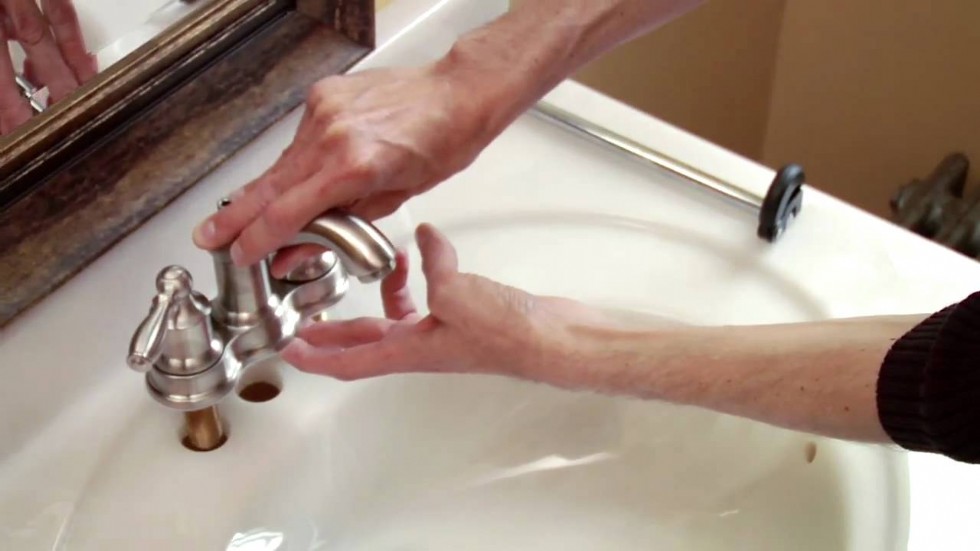 In addition to improving the aesthetics of your kitchen, replacing your sink and faucet can also improve its functionality and efficiency. If you currently have an older or basic model, upgrading to a newer one with advanced features can make your daily tasks in the kitchen much easier and more efficient. For example, a
taller faucet
can make it easier to fill large pots and pans, and a
double sink
can make it easier to multitask while cooking.
In addition to improving the aesthetics of your kitchen, replacing your sink and faucet can also improve its functionality and efficiency. If you currently have an older or basic model, upgrading to a newer one with advanced features can make your daily tasks in the kitchen much easier and more efficient. For example, a
taller faucet
can make it easier to fill large pots and pans, and a
double sink
can make it easier to multitask while cooking.
Address Wear and Tear
 Over time, the sink and faucet in your kitchen will inevitably start to show signs of wear and tear. This can be due to constant use, hard water deposits, or simply the passage of time. Replacing these fixtures can help to address any issues and prevent further damage to your kitchen. It can also give your kitchen a fresh, new look that will last for years to come.
Over time, the sink and faucet in your kitchen will inevitably start to show signs of wear and tear. This can be due to constant use, hard water deposits, or simply the passage of time. Replacing these fixtures can help to address any issues and prevent further damage to your kitchen. It can also give your kitchen a fresh, new look that will last for years to come.
Final Thoughts
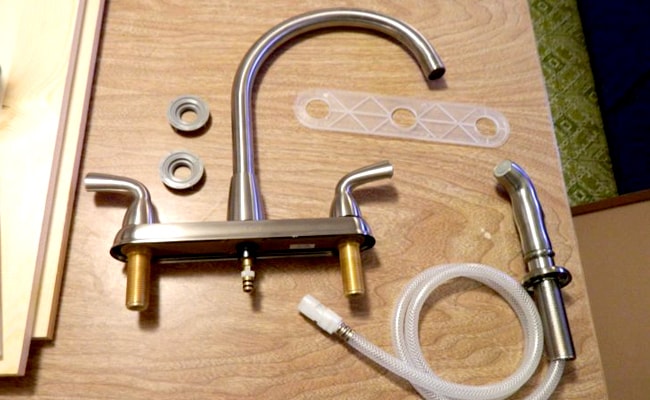 In conclusion,
replacing your kitchen sink and faucet
is a smart design choice that can have a significant impact on the overall look and functionality of your kitchen. It's a simple and cost-effective way to update your space and improve its efficiency. So, if you're looking to give your kitchen a makeover, don't forget to consider upgrading your sink and faucet. Your kitchen will thank you!
In conclusion,
replacing your kitchen sink and faucet
is a smart design choice that can have a significant impact on the overall look and functionality of your kitchen. It's a simple and cost-effective way to update your space and improve its efficiency. So, if you're looking to give your kitchen a makeover, don't forget to consider upgrading your sink and faucet. Your kitchen will thank you!
